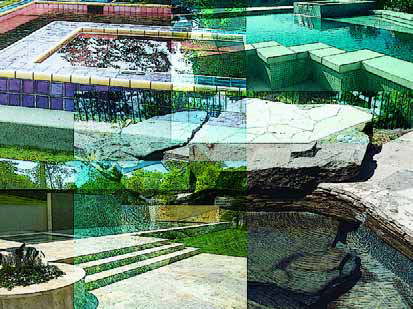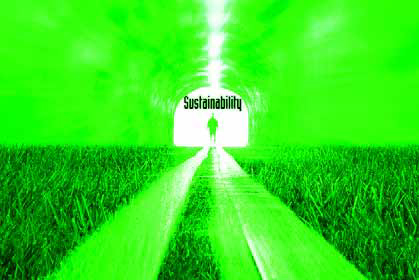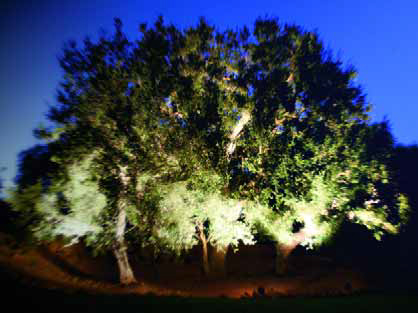ARTICLES
Advance Search
Aquatic Health
Aquatic Health, Fitness & Safety
Around the Internet
Aquatic Culture
Aquatic Technology
Artful Endeavors
Celebrity Corner
Life Aquatic
Must-See Watershapes
People with Cameras
Watershapes in the Headlines
Art/Architectural History
Book & Media Reviews
Commentaries, Interviews & Profiles
Concrete Science
Environment
Fountains
Geotechnical
Join the Dialogue
Landscape, Plants, Hardscape & Decks
Lighter Side
Ripples
Test Your Knowledge
The Aquatic Quiz
Other Waterfeatures (from birdbaths to lakes)
Outdoor Living, Fire Features, Amenities & Lighting
Plants
Ponds, Streams & Waterfalls
Pools & Spas
Professional Watershaping
Structures (Editor's Notes)
Travelogues & History
Water Chemistry
WaterShapes TV
WaterShapes World Blog
Web Links
Around the Internet
Aquatic Culture
Aquatic Technology
Artful Endeavors
Celebrity Corner
Life Aquatic
Must-See Watershapes
People with Cameras
Watershapes in the Headlines
For the past year and more, we’ve worked our way step by step through the many processes involved in designing and installing quality residential watershapes, starting from the first contact with a prospective client and working our way through, in the last two months, to the application of well-selected interior finishes. A concern I’ve always had with this step-wise approach is that it makes too many of these operations seem as though they happen in isolation and that decisions about design and materials and finishing touches are made as
Last month, I discussed the benefits of sustainability and its place in landscape and watershape design. As I hope I conveyed, I think it is incumbent upon us as professionals to be responsible for our actions and constantly aware of the effects our work has on the environment, now and in the future. With the current severe drought desiccating the southeast, ongoing water problems in the west and increasing pressure on the water-supply infrastructure nationwide, it’s more important than ever that we
Many great artists are best known for working in identifiable genres, styles or modes or with specific materials, themes or some other defining detail. From Picasso’s cubist abstractions to Mozart’s cascading melodies or Rodin’s bronzes to Frank Gehry’s sweeping architectural forms, geniuses of all stripes are in one way or another known for qualities that are distinctly theirs. The same holds true for many watershapers, especially those working at the top of the field. While many of us (myself included) cross the lines that divide distinctive modes, styles and genres, even the most free-spirited among us can be
In my role as editor of WaterShapes, I’m often approached with tales of utterly amazing projects in the works – but still months or even years away from completion. That can be frustrating at times, because the only way to
Although the eye is commonly drawn to structures and other architecture elements found in any given exterior environment, very often it is trees that serve as visual anchors in modern landscapes. Indeed, they tend to be the largest objects on most properties and will often become focal points even in settings in which they might have started out in supporting roles. This dominance or even potential for dominance is why, as a lighting designer, I believe that trees should always receive
Although the concept is relatively unfamiliar in the United States and largely untested here, pools supported by an entirely natural approach to filtration and water management have been under development in Europe for decades and have caught on there in a big way in recent years. In this special feature, German watershaper and natural-pool expert Rainer Grafinger discusses the ‘technology’ behind this potent European trend. For most people in the United States, swimming is far from a natural experience: Bathers move back and forth in man-made, chemically treated backyard or public swimming pools and seldom (if ever) find themselves in
It seems odd to say it, but I first became involved with this project largely because I happen to live on the same street as my clients. We all live in a beautiful, historic neighborhood in Mountain Lake, N.J., a small town that lays claim to having the largest collection of authentic Craftsman-style homes of any municipality in the United States. It’s the kind of place where residents take immense pride in the architectural splendors you see almost everywhere you turn. Most of these homes were designed and built by the legendary architect and builder
It’s unlikely that anyone back in 1992 would have imagined that the daughter of fashion designer Calvin Klein would change the way we think of swimming pools. That might be a slight exaggeration, but to me there’s no question that Pools by Kelly Klein, first published by Rizzoli 15 years ago and re-released late in 2007, was unique at that time in treating pool design as a legitimate art form. In many ways, in fact, I think her book may well have ignited the design revolution that has unfolded in the years since it was first published. I didn’t run across this oversized volume until 1999, when I attended
It's rare in our fast-paced world when you get the chance to work closely with clients over an extended period of time – and in this case we took full advantage of the opportunity: All the way through the evolution of the project, the couple gave me voluminous information about what they wanted and enabled me not only to understand and deliver what they were after, but also allowed me in many instances to exceed their expectations. I had worked with him before on






















Swimming to Wellness